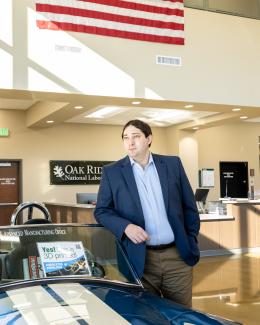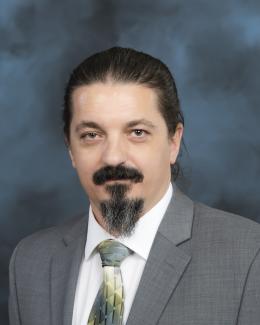Algorithms developed at Oak Ridge National Laboratory can greatly enhance X-ray computed tomography, or XCT, images of 3D-printed metal parts, resulting in more accurate, faster scans.
Industrial XCT is gaining popularity as a way to nondestructively inspect and qualify additively manufactured, or AM, parts. But the process is hampered by an effect called beam hardening that can affect the ability of standard algorithms to resolve small defects, such as pores and cracks, in reconstructed images.
To improve the process, ORNL researchers demonstrated a new method using a deep neural network trained on simulated data from computer-aided design models and physics-based information. The method reduces noise and artifacts and produces higher quality images significantly faster than typical algorithms.
“We aim to enhance the resolution and defect detectability in X-ray images which, in turn, will be instrumental for qualification and certification of AM parts,” said ORNL’s Amir Ziabari.









